
- Home
- Photography Tours
- Diary / Blog
- Galleries
- Foreign Trips
- Tasmania 2016
- NE Queensland 2016
- Western Alps 2016
- NE Spain 2016
- Australia's Wet Tropics 2015
- Australia's Top End 2015
- SW Australia 2015
- Switzerland 2015
- Andalucia 2015
- Belize 2015
- Australia 2014
- Switzerland 2014
- Belize 2014
- Bahama Islands 2014
- Switzerland 2013
- Ecuador 2012-2013
- Florida 2011-2012
- Vancouver Island 2011
- Australia 2010
- Peru 2008
- Bulgaria 2007
- Lesvos 2006
- California 2006
- New Zealand 2005
- Extremadura 2005
- Goa, India 2004
- The Gambia 2003
- About
May 2014
22nd-27th May 2014
Jura Mountains, Switzerland
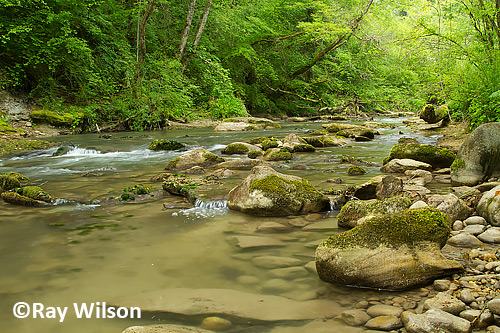
I spent the first week of my trip to Switzerland exploring the Geneva area and the Jura mountains. I had initially intended to spend two weeks here but the weather in the Jura was pretty awful so I changed my plans and headed into the Alps a week earlier than planned to get some sunshine and give my tent a chance of drying out.
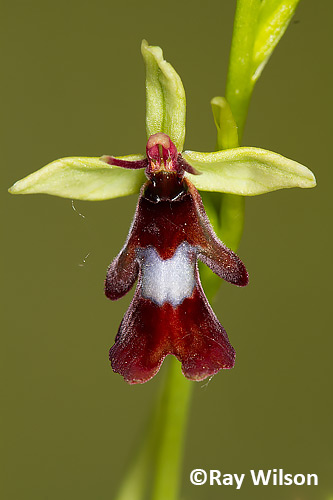
Fly Orchid (Ophrys insectifera) |
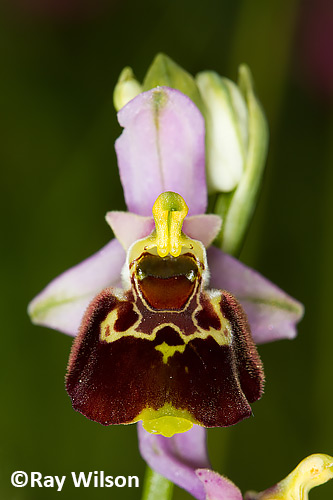
Late Spider Orchid (Ophrys fuciflora (=O. holosericea)) |
Before the weather turned awful, the first couple of days around Geneva were pretty productive with me finding a good variety of orchids. The Fly Orchids were nearing the end of their season, but the late Spider Orchids pretty much at its peak.
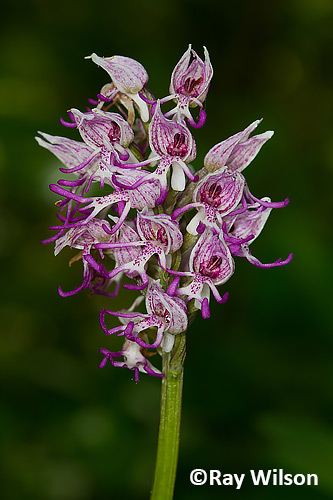 |
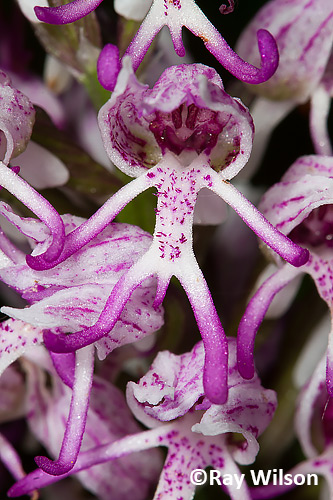 |
Monkey Orchid (Orchis simia)
Monkey and Man Orchids were widespread in the area and fairly common in several locations while Burnt Orchids were passed their best in the lowlands and only a few plants were still in good condition.
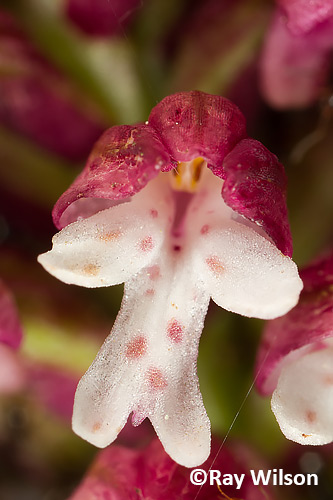
Burnt Orchid (Orchis ustulata) |
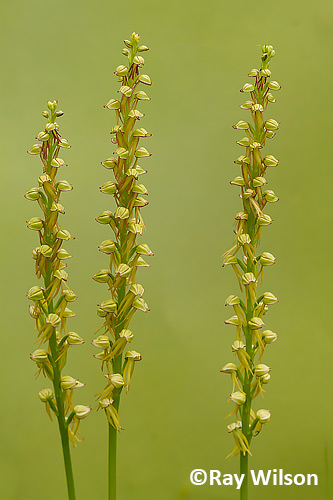
Man Orchid (Aceras anthropophorum) |
Military Orchid was much rarer and the plant below was the only one I found.
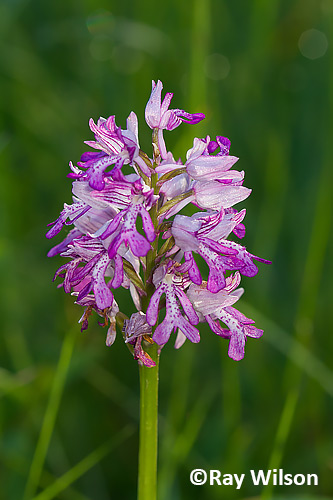
Military Orchid (Orchis militaris) |
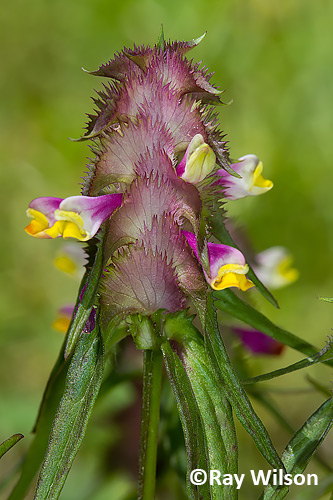
Melampyrum cristatum |
The orchid rich meadows were also good for butterflies with numerous species feeding on the nectar of the abundant flowers.
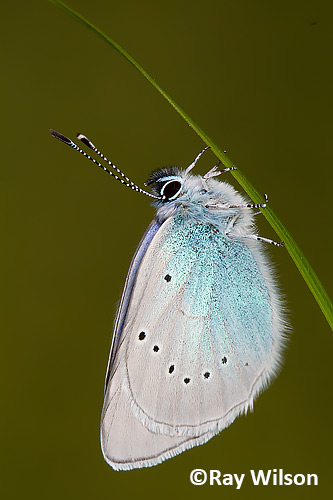
Green-underside Blue (Glaucopsyche alexis) |
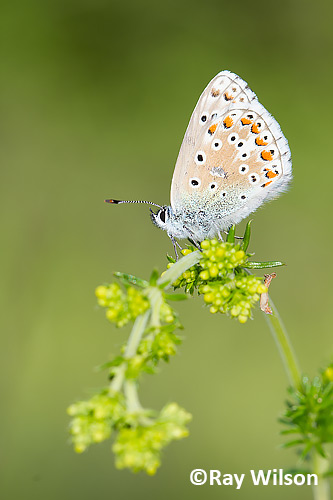
Adonis Blue (Polyommatus bellargus) |
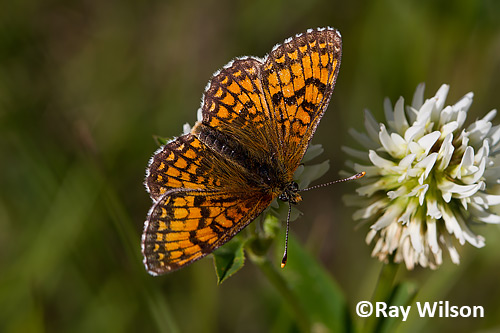
Meadow Fritillary (Mellicta parthenoides)
The ascalaphid Libelloides cocajus, looking like a cross between a dragonfly and an butterfly, occurs in two different colour forms with both yellow and white morphs being equally common.
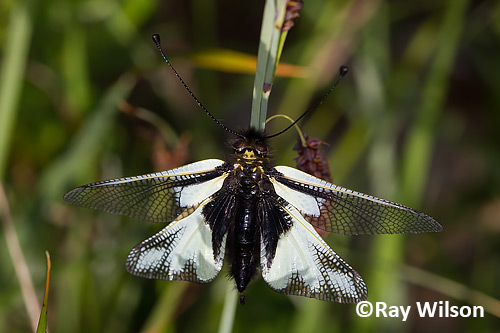
Libelloides cocajus
Nightingales are common in the area and can be heard singing in several locations. Seeing them, however, is not easy, but with a bit of perseverence and luck you can occasionally find one singing from an exposed perch.
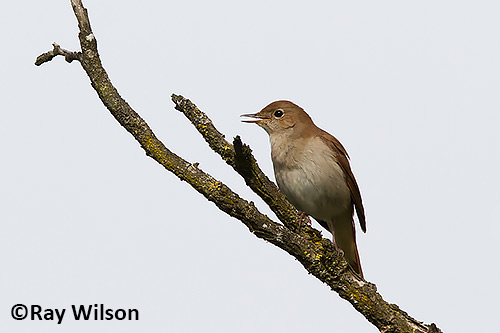
Nightingale (Luscinia megarhynchos)
The Yellow-legged Gull below was was terrorising the local wildfowl at a small lake near Geneva. In the space of an hour, it caught, killed and swallowed a Coot chick and killed a juvenile Great Crested Grebe. The latter was too large for it to swallow and, after spending a fruitless half an hour attempting to tear it apart, eventually lost interest and abandoned the carcass.
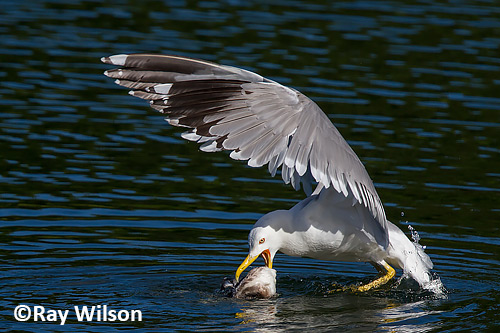
Yellow-legged Gull (Larus michahellis) attempting to eat a juvenile Great Crested Grebe
In the reeds lining the pond several Broad-bodied Chasers were basking in the early morning sunshine.
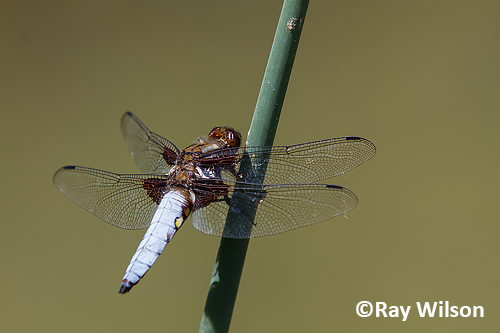
male Broad-bodied Chaser (Libellula depressa)
Beautiful Demoiselles were also common along the wooded riverbanks, although I was thwarted in my attempts to get photographs of the males due to stupidly forgotting to bring my 100-400mm lens with me on this trip. The males proved to be too vigilant and jumpy to allow me to approach close enough to photograph them with my 100mm macro.
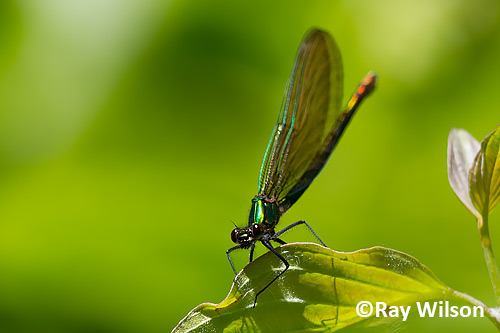
female Beautiful Demoiselle (Calopteryx virgo)
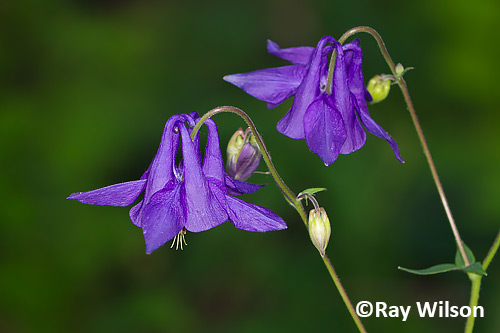
Dark Columbine (Aquilegia atrata)
At higher altitude in the Jura Mountains a large patch of Pheasant's-eye Narcissus were still in flower in a damp meadow. Actually, all the meadows were a bit damp as it never stopped raining for the 3 days I was up there!

Pheasant's-eye Narcissus (Narcissus poeticus)
Apoderus coryli is a strange-looking, but beautifully-coloured, little weevil that feeds mainly on hazel leaves.
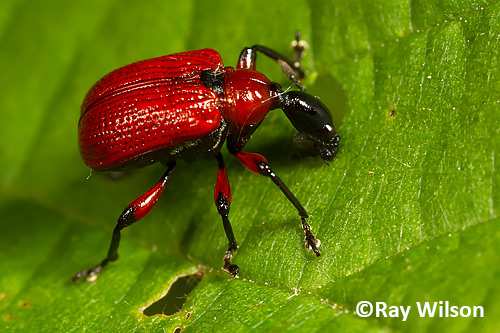
Apoderus coryli
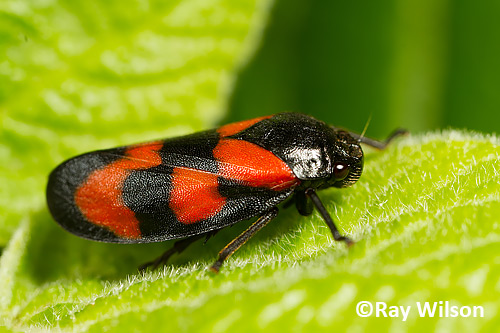
Cercopis vulnerata
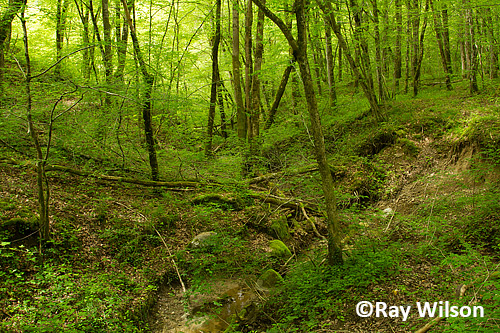
Ray Wilson owns the copyright of all images on this site.
They may not be used or copied in any form without prior written permission.
raywilsonphotography@googlemail.com